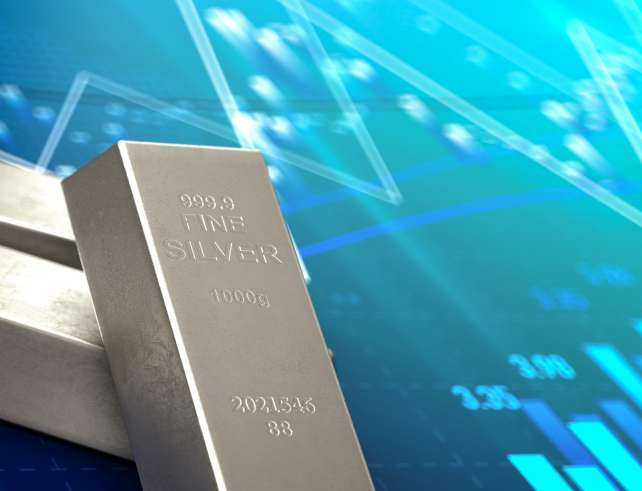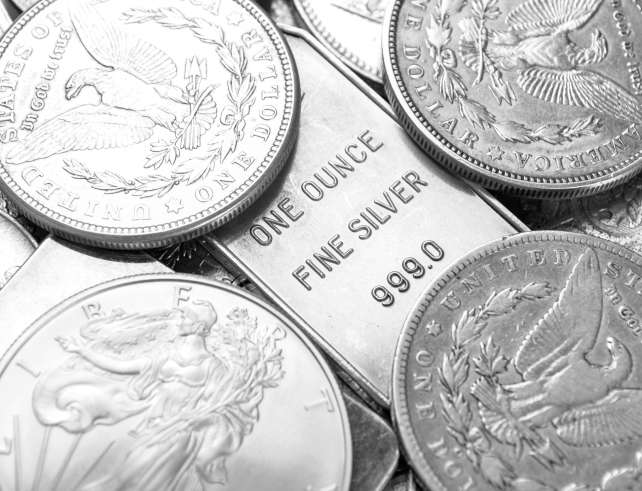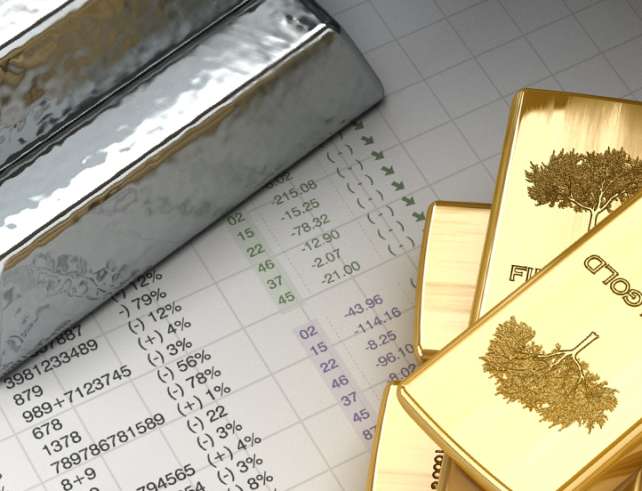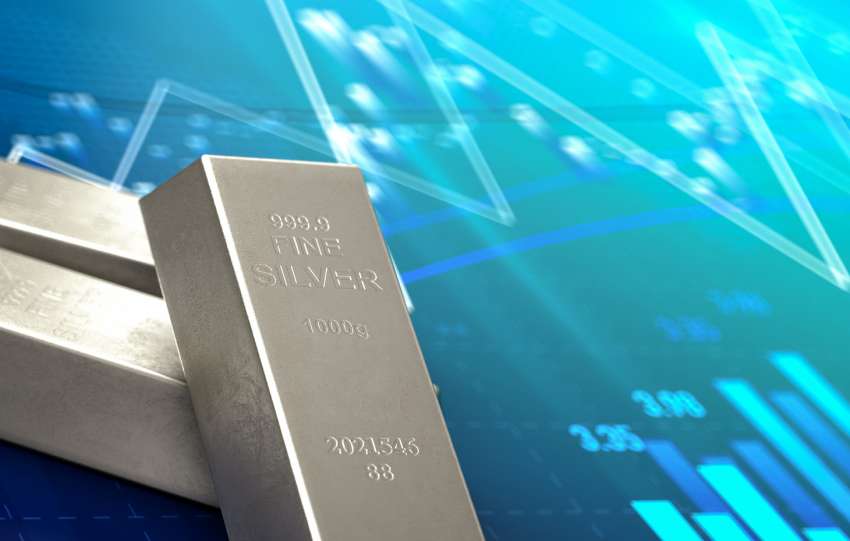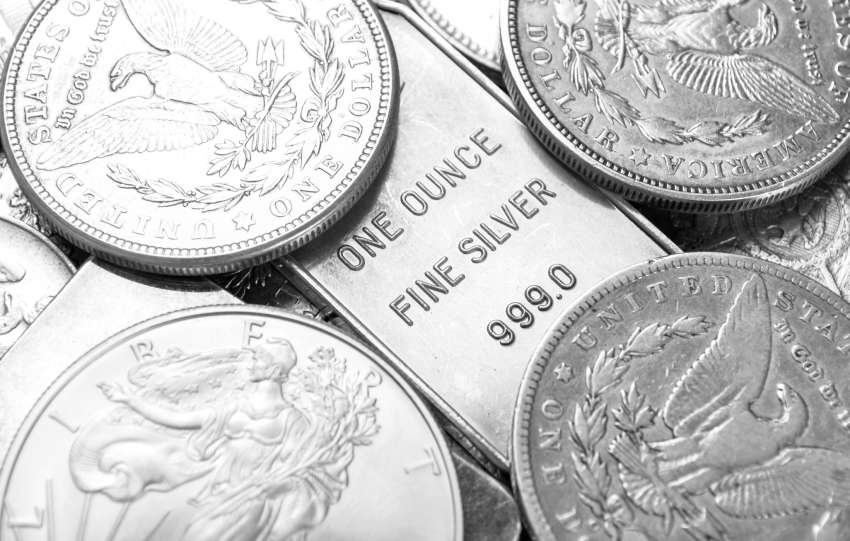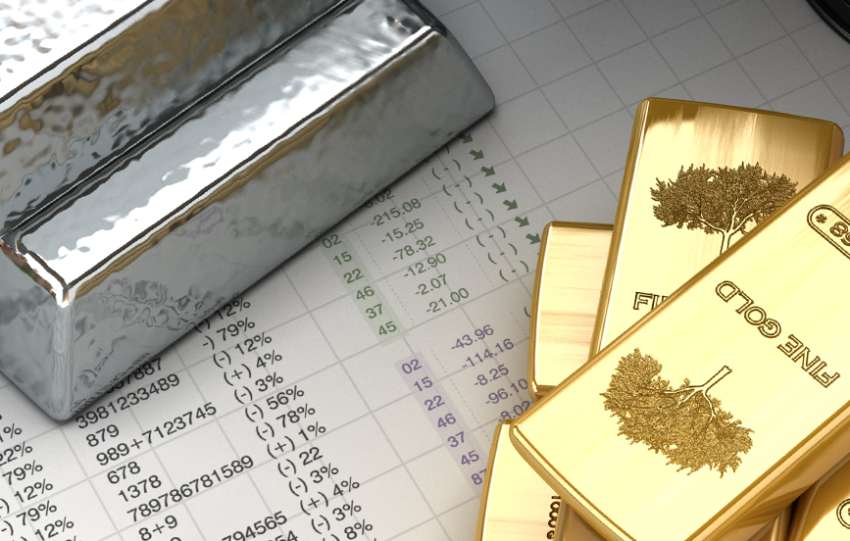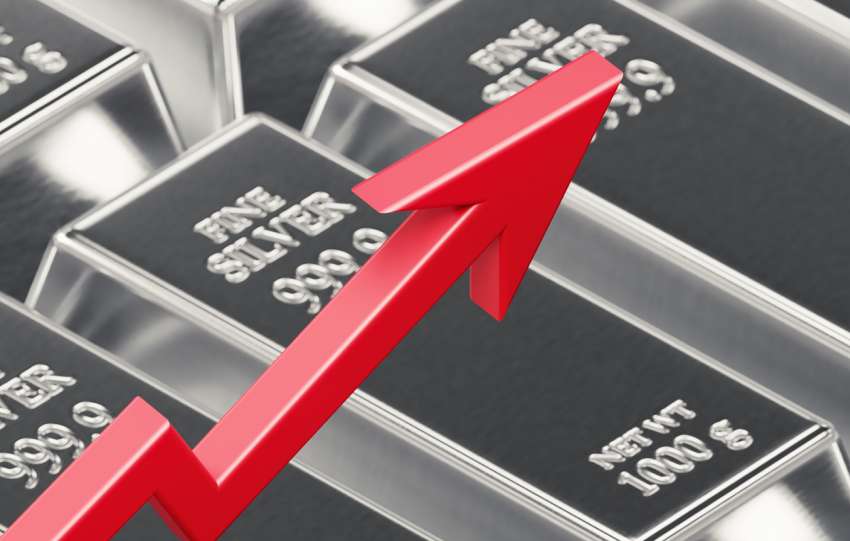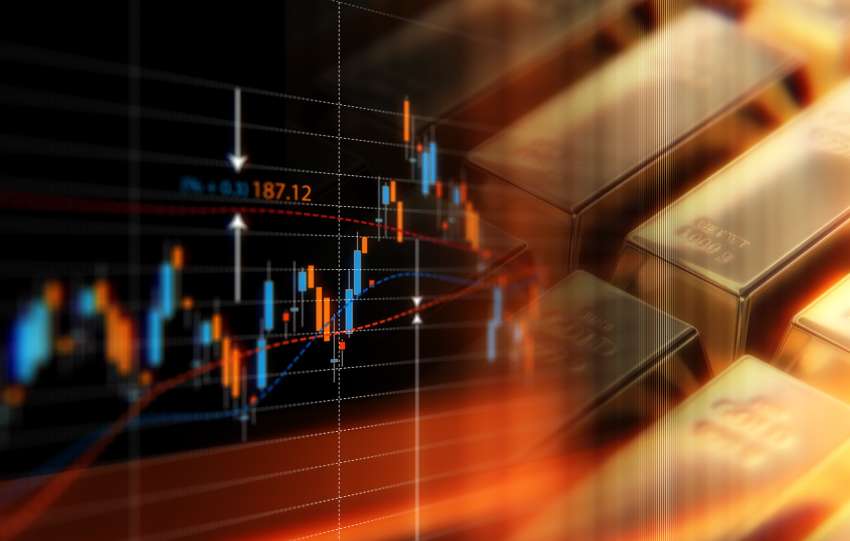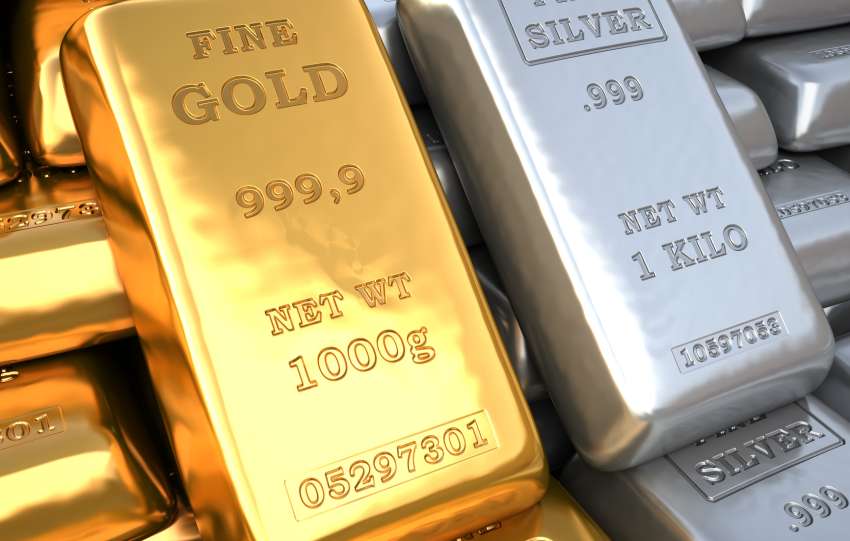When someone jumps into the world of precious metals investing, they typically bring lots of questions with them. Some of the most common, however, revolve around the sterling silver vs silver bullion debate. And if you’re looking to become a smart investor, knowing this distinction is key.
Of course, you can probably take a guess at which of the two are more valuable. Many people’s eyes light up at the mere mention of silver. When you toss the word “sterling” before it, though, you’ll see plenty of individuals zone out. This is an unwarranted response.
The simple fact is that there are many misconceptions in the discussion of sterling silver vs silver bullion. It’s vital that you’re able to recognize these and make your investment decisions based on reality. If you can accomplish this feat, you’ll be in a better position than most.
Sterling Silver vs Silver Bullion: A Discussion of Purity
People often talk about sterling silver as if it’s distinct from silver. In this guide, we’ll compare sterling to bullion silver to make these distinctions more clear. But while we may focus on bullion-grade metals, the fact is that sterling silver differs from all other forms of the white metal.
The true variations, though, exist only in purity. Understanding this is key for making smarter decisions when buying precious metals.
Is Sterling Silver Real?
If you head over to Google and search “is sterling silver fake,” you’ll get well over 10,000 results. That’s because most people don’t really know the difference between sterling silver vs silver. For those asking if sterling silver is real, though, the answer is a resounding ‘yes.’
If you buy an item with the “sterling” label, you’re getting genuine silver. The only difference is that it’s less pure than some other forms of the white metal. That’s because sterling items are only 92.5% silver — copper makes up the other 7.5%.
This makes sterling silver ideal for certain uses. The fact is that silver is an incredibly malleable substance. By combining copper with genuine silver, it becomes easier to mold metals into items like necklaces and rings. So, sterling silver is very real even with its lower purity.
Sterling Silver vs Silver Bullion Purity
Even though sterling items contain actual silver, you’ll immediately notice a difference in price with bullion. In fact, you’ll see these differences across every other type of silver out there. This is why it’s so important to understand purity levels and how they compare.
The following types of silver are the ones you’re most likely to encounter:
- Fine or pure silver: 99.9% purity
- Sterling silver: 92.5% purity
- Coin silver: 90% purity
- Jewelry silver: 80% purity
This helps to explain the price differences between sterling silver vs silver of other types. If there’s any term on this list people won’t recognize, it’s “coin silver.” That’s because this is an unofficial term used to describe items created from melted coins that contained 90% silver.
When looking at the different silver types, though, the only actual difference is how much alloy metal they contain.
Is Sterling Silver Worth Anything?
Another question people ask is whether sterling silver is worth anything. The to-the-point answer is “yes,” but it’s important to understand why. The fact is that silver is silver. So even if an item contains only a small amount of the precious metal, its value still rises when silver spot prices go up.
Think of the 90% silver coins we discussed earlier. While there are major differences between sterling silver vs silver bullion, one similarity is they contain more than 90% silver. And since the 90% coins still sell for much more than face value, it’s apparent that sterling silver also holds value.
Items Made from Sterling Silver vs Silver Bullion
Bullion silver certainly holds more value than its sterling counterpart. For usability, though, sterling silver stands out. If you want to own bullion, you’ll need to buy silver bars or coins. These make up most of the items that bullion-grade silver gets used for.
Due to the increased durability provided with a copper alloy, though, sterling silver gets used for many more additional purposes. The following list of uses is far from exhaustive, but it showcases the high level of versatility offered by the metal:
- High-value cutlery
- Ornaments
- Jewelry
- Musical instruments
- Dishware
- Business tools (e.g., letter openers, business card holders)
- Medical and surgical instruments of the past
So while precious metal content might be the biggest differentiator, we should not overlook the uses of sterling silver vs silver cannot. And due to the popularity of both, you can even find some crossover. For instance, the 1000 Kronur Silver Icelandic coin is made from sterling silver.
Regardless of what type of silver you buy, though, always remember that “the value of sterling silver is tethered to the price of pure silver.” This simple and steadfast rule will help you make better investment decisions.
Sterling Silver vs Silver: The Final Word
There are a ton of misconceptions out there about sterling silver. The most important lesson to take away from this guide is that it is genuine silver. The only thing separating sterling from bullion silver is a few degrees of purity. While this certainly makes bullion worth more, sterling still holds value.
If you’re interested in precious metals investing, though, the question of sterling silver vs silver bullion becomes much simpler. The primary purpose of bullion is for investing. Whether you choose to buy coins or bars, a higher purity means a higher value.
At Silver Gold Bull, we strive to provide our clients with products that meet all their needs. So while we typically offer silver bullion for sale, you’ll also occasionally find items like the 1,000 Kronur on our site. Visit our Silver Items for Sale page today to see all our offerings.


